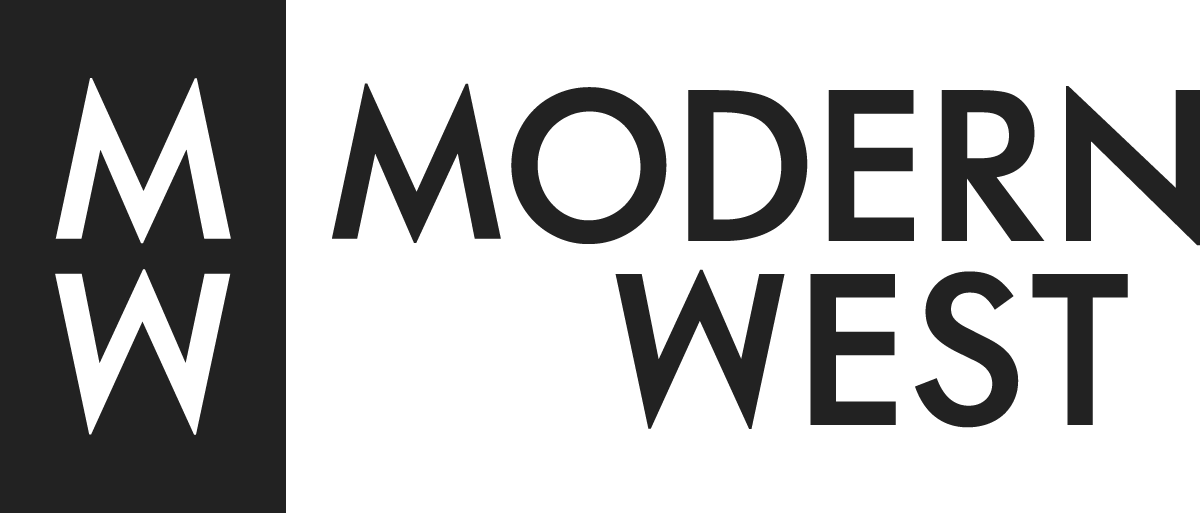SHELDON HARVEY / JULY 1-SEPTEMBER 30
Sheldon Harvey is a (Diné) Navajo artist based in Window Rock, Arizona. Harvey studied the arts at Diné College in Tsaile, Arizona, but attributes the origin of his skillset to his family members, who taught him how to paint at a young age.
All of Harvey’s work is visually interconnected, despite approaching with a different hand and technique between each medium. His oil paintings, composed of overlapping shapes and colors, nod to the Cubist masters such as Pablo Picasso and Georges Braque, but uniquely, his abstracted shapes and textural brushstrokes dance in and out of the figuration represented in his sculptures.
Harvey’s work is driven by his passion for both art history and his personal histories. While his sculptures lean into those which are more representational, his paintings are largely influenced by the emotional feelings manifested through spiritual experience.
An example of this meditative creation occurs in Harvey’s large-scale oil painting, Untitled 01. The piece was directly inspired by the refreshing, yet haunting experiences that often transpire in the month of January — a dull, gray period blanketed by the prospect of new beginnings.
“January is a time of looking back and looking forward, death and life, in a sense,” Harvey writes. “The composition was a sketch from a walk in my backyard… Creating this from start to finish was very meditative, I felt a strong sense of fear, unknown and progressive interest in wanting to discover why and what I was so intensely interested in creating such a composition. I remember there was also a sense of freedom in the painting process, freedom to do what made me feel brave to discover the fear and unknowingness of my thoughts.”
Sheldon Harvey, Untitled 01, 2022
oil on canvas 50 x 50 in. $10,500
Harvey's First World Being sculptures depict the mythical spirits of Navajo creation and other ancient traditions in an effort to preserve his culture and the story of his people. The varying mixed media figurines are crafted with wood, hand-stain, paint, feather, yucca and other natural materials, and reflect vibrant primary and secondary hues atop the structured forms.
Sheldon Harvey’s innovative, intentional and cohesive practice has made his work well sought-after in collections around the world. Harvey continues to paint, sculpt and draw in his studio – honoring the legacy of art masters and ancestors who came before him.
Sheldon Harvey, Red World Being VI, I and IV, 2018
mixed media on wood, varying dimensions + prices
INTERVIEW WITH SHELDON HARVEY
What is your story – how did you come to art? You’ve shared how your uncle and grandfather were artists – do you have any specific memories or stories of their impact on your practice?
I showed a lot interest in the arts at very early age. Art class in grade school was my favorite subject, I remember being very imaginative with natural materials and environments in my home of Lukachukai, AZ. As I got older, I carried a growing passion, and when I was introduced to drawing, painting, anything that had to do with creation, I knew I was going to be an artist.
My uncle Arron Harvey would sit in his camper room and bead colorful patterns for his Pow Wow dancing regalia, as well as bracelets, earrings, etc. He would do some carving out of pieces of wood, as well as paintings or drawings of spiritual Navajo or native motifs.
My grandfather and grandmother created a family business of making jewelry as silversmiths, they both worked together 40 plus years. My grandfather did most of the fabrication and design work, and my grandmother did many of the final details and maintenance of necessary business preparations. I see myself in that position today – [my wife] Tonya and I have created a family business with my work.
Sheldon Harvey, photo courtesy of Bill Curry with Taos News.
Your work is consistent across the various mediums you work with. Whether through sculpture, drawing or painting, the representation and abstraction balance one another. What is your approach to making your work? Is it consistent from medium to medium, or does it vary?
My approach to my work always starts with a line. I work with the flow of my mood, energy and atmosphere. Right now, I work in the early morning during this time of year. It’s cool, peaceful and refreshing, which helps me focus on the forming of my ideas. My tools and mediums and practice are generally the same. With both my paintings and sculptures, I start with the primary colors, and then move on to black, white, ocher and umber.
Working with abstraction has so many avenues to explore, both physically and mentally. I choose this approach because it resonates with Navajo belief, language, stories and philosophy. It becomes meditative. Materials in my sculptures come from nearby in the Chuska Mountains and the Fort Defiance plateau. We have cypress, spruce, ponderosa pine, cedar and oak in our region.
Sheldon Harvey’s studio, image courtesy of the artist.
What is your studio space like?
My studio is a 14 x 30 foot space. It is close to home and convenient. It is cold during the winters and hot during the summers. I do have fire place so I can stay warm and a fan to stay cool. I like the enclosed space – it balances the blue collar style of working with the romantic artist sanctuary. I keep it in uncomfortable, overcrowded and messy with my folding chair in the corner as my resting spot. It keeps me humble and grounded.
What is next for you? Anything we should look forward to?
Teaching – I have recently taken on a position as a painting instructor with Diné College at the Tsaile Arizona Campus near my home land. It gives me the opportunity to share my experiences and guidance with up-and-coming young artists.
For more information on artwork details and acquisition, please contact us at info@modernwestfineart.com.



















